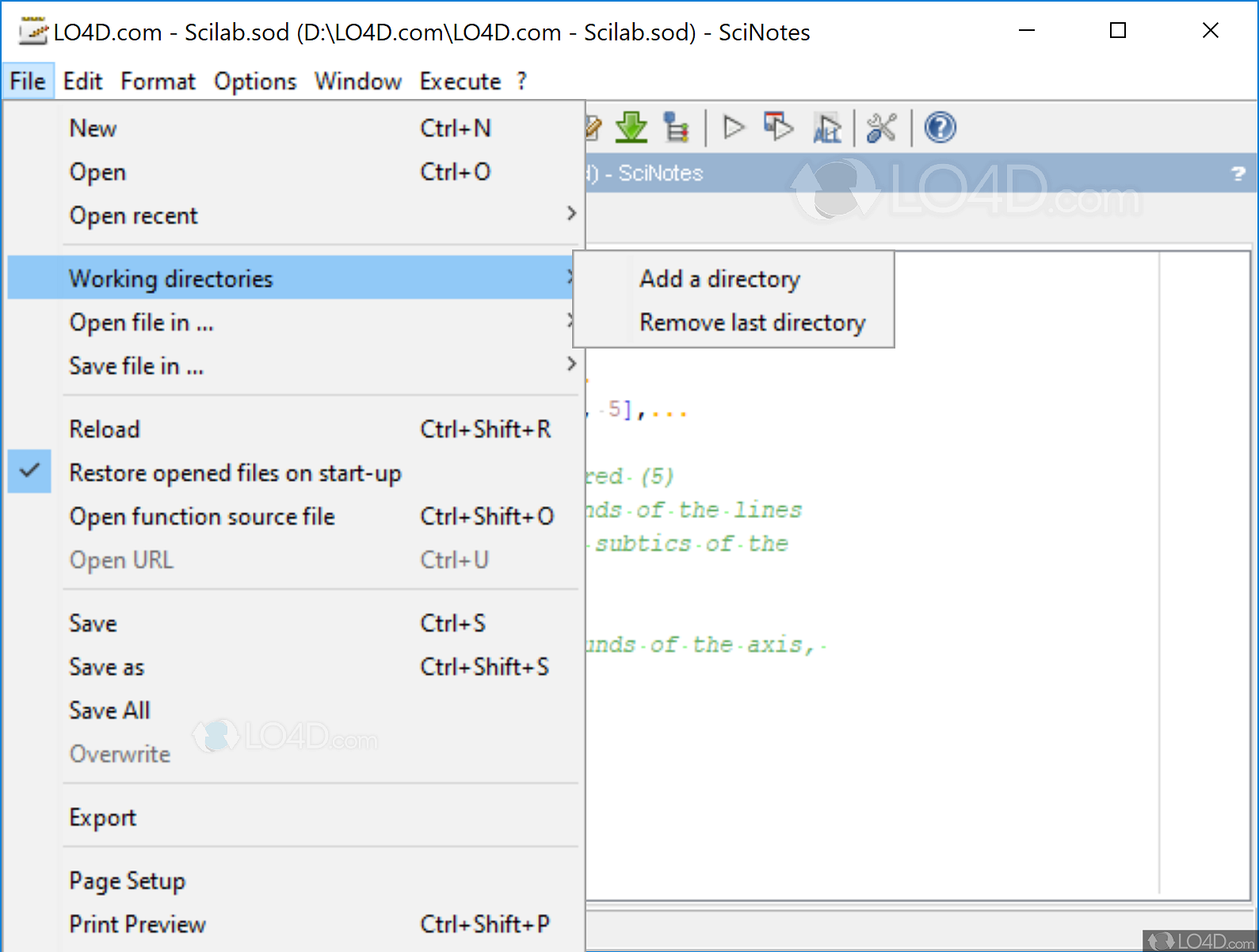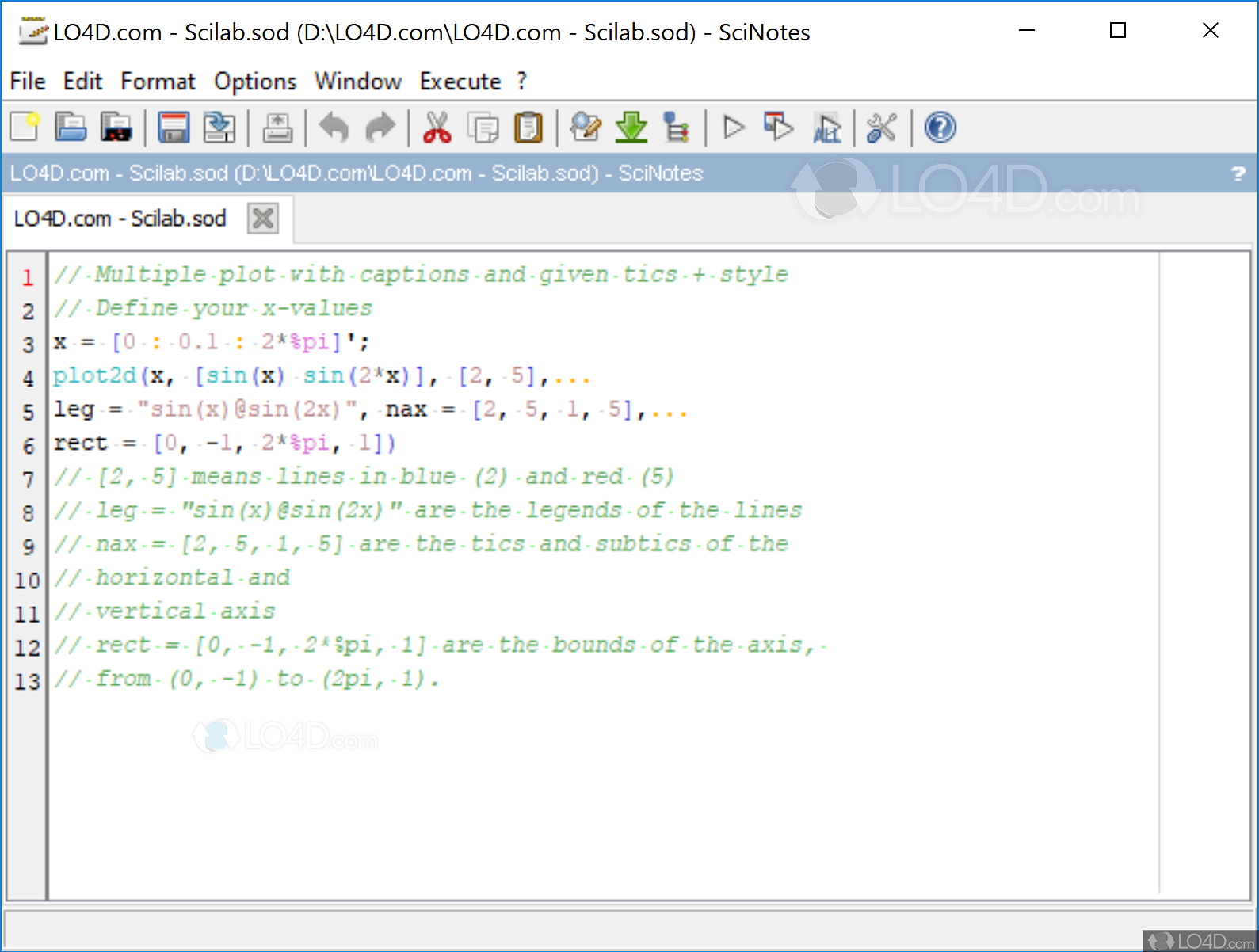

Octave:23> printf("x is a real number: %f (%e in scientific notation).\n", x, x) The next example demonstrates the following types:įor more types, see the Octave documentation. Finally, the \n at the end of the string tells Octave to move to a new line. Note that x in the example above equals 10.1, but the value displayed is 10 since we specified that printf should display an integer. The values of the integer, real and string are given as arguments to printf after the format string. The %i is replaced with an integer, the %f with a real ( f is for floating point) value, and the %s with a string. Essentially, the percentage sign ( %) indicates that a value should be placed at its position in the format string. It specifies what the output of printf should look like. The important part is the first argument to the printf function on line 21. This is a %s.\n', x, y, z) Īn integer: 10. Note that these functions can output more than one value at the same time-more on this in the next section. Note that the fprintf requires one additional parameter to specify the file identifier. Use the sprintf to return the result in a string and fprintf to write to a file. The printf function displays its output on the screen. In Octave and page through the help using the spacebar key. Since there are so many different ways to format output using printf, we will discuss only the basics here using examples. other output to display before or after the value.the format of the number (integer, real, scientific, etc.).the number of significant digits to display.With printf, you can define exactly what the output of a value should look like. The printf function is considerably more powerful than disp and, consequently, a bit more complicated to use. fclose(file_id) closes the file identified by file_id.Closing the file tells Octave to finalise any output that might still be pending and frees up the file so that it can be opened by other users or programmes. It is important to close a file after all data has been written to it.

The output written to the file will appear exactly the same as the output from the disp command.

The filename argument is a string and can be the name of any new or existing file in the current directory. fopen(filename, mode) opens a file and returns an identifier for it.Before we can do this, we have to open a file. The fdisp function can be used to save values to a file.

Note that s is a string containing the characters shown above. The displayed value can be printed to the screen, saved in a string or saved to a file using fdisp. The output of disp depends on the format command. You can also display the result of a computation without the ans = that normally precedes it. The name of the variable is, however, not displayed. The disp function displays the value of a variable (scalar, vector, matrix, string, etc.) in the same way as simply typing the name of the variable does.


 0 kommentar(er)
0 kommentar(er)
